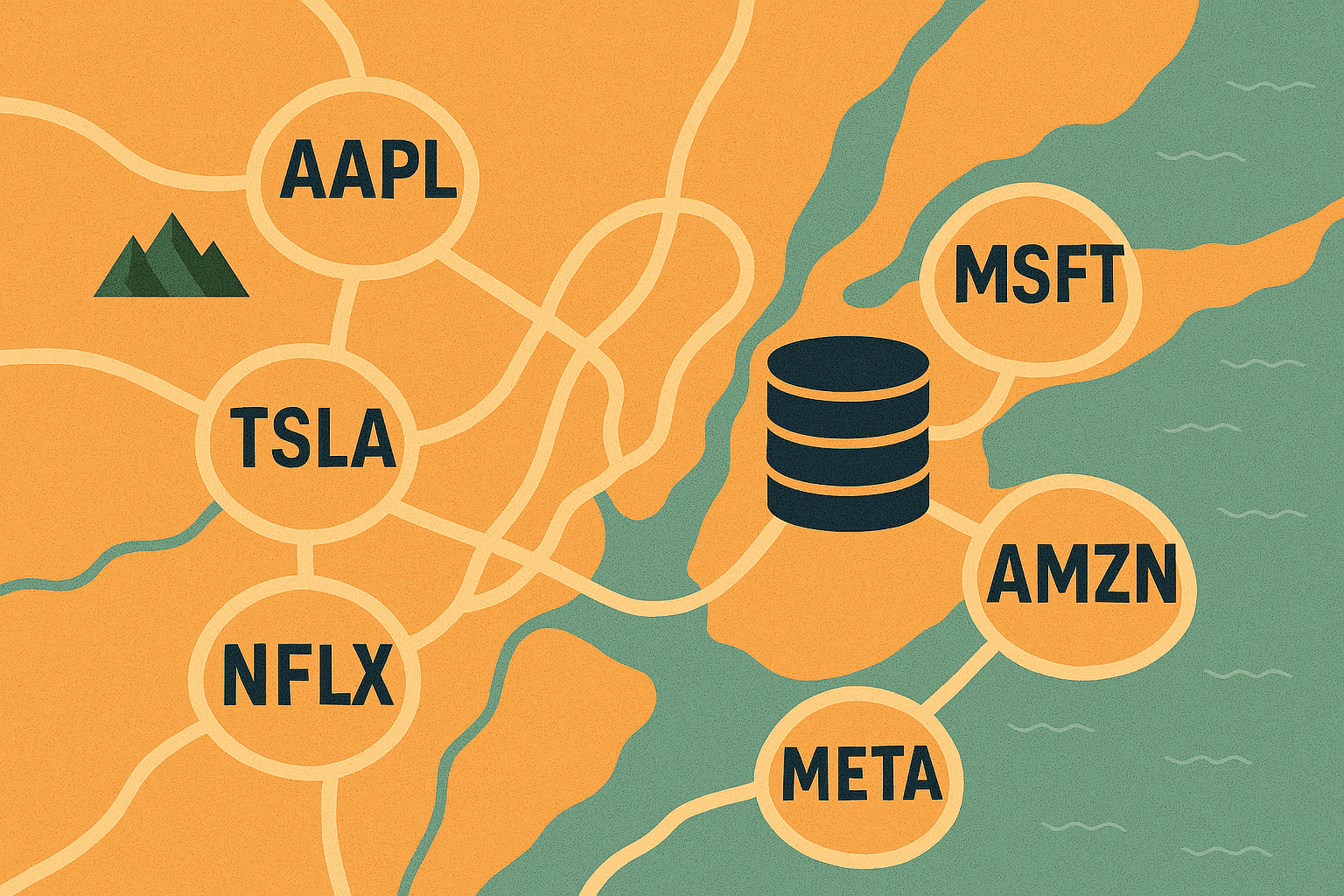Background
With an increasing number of internet users moving away from traditional internet channels like desktop computers and towards mobile-only use, app usage data can offer hugely valuable insights into consumer behaviour and company performance through a variety of key performance metrics. App usage data and web traffic data is one the most popular categories of alternative data on Eagle Alpha’s data aggregation platform (Figure 1) due to the broad coverage of tickers and companies.
Figure 1: App Usage & Web-Traffic – Monthly Attractions based on the ClickView Data.
There are just under 3 million apps on the Google Play Store and just under 2 million on Apple’s App Store, consumers spend 9 out of 10 mobile minutes on apps according to Consumer Insights. Mobile App data provides firms with metrics like daily/monthly active users, customer stickiness and rate of retention and churn provide strong indications of success. While key performance indicators like lifetime value, average revenue per user, marketing acquisition and behaviour flow rate can offer greater insights into the success of an app, and in turn performance of the company.
One thing that has become very prominent for collectors of mobile app data is the issues surrounding data protection and user privacy with notable stories highlighted by the media bringing a newfound focus to data collection, like the media coverage around Apple’s iOS 14.5 launch.
Data Collection & Techniques
There are several methods mobile app data vendors use to gather data on mobile app users:
- Consumer-facing mobile apps that are free to download and use, where the free cost is offset by the value of the data collected by the app manufacturer and is either used directly by the developer or sold to third parties.
- Google and Apple’s app stores provide app developers with aggregated information on general usage such as app ranking and revenue that flows through the app store.
- Software development kits (SDKs) – a set of tools, libraries, relevant documentation, code samples, processes, and guides that allow app developers to create software conveniently and collects user data in the process.
- Additionally, there are several alternative IDs used to track consumers of mobile apps. These include Statistical IDs, universal login trackers, and device fingerprinting.
Challenges & Controversies Surrounding Mobile App Data
In the mobile app data space, there have been several notable controversies surrounding the tracking of users online and the collection and selling of user data to third parties. Some examples of these include:
- A report that was leaked by Motherboard in January 2020 highlighting how companies track user behaviour online through cookies in web browsers and sell user Google Maps data, and web browsing history to their clients.
- In March 2020, an app data provider for third-party users was found to be harvesting user data through its apps and feeding it back into its analytics platform.
- Other notable controversies include The Weather Channel App vs. The City of Los Angeles, Facebook and Onavo, Google and Fitbit, and WhatsApp and Facebook.
[We recently published a blog discussing Data Privacy and Alternative Data considering companies like Apple, Google, GDPR you can view here. For access to the full version including vendor responses to Apple’s iOS 14 and Google’s incoming updates and further insights, you can request a copy here.]
App Data & Regulation
Mobile app data collection has seen a lot of pushbacks from both government organisations as well as consumer lobbying.
- As of December 2020, the FTC has ordered Facebook, Twitter, Amazon, TikTok’s ByteDance, as well as several other social media companies, to provide detailed information on how they collect their data.
- In 2019, Google announced auto-delete controls for its users’ app usage data, tightening third-party data access to make it more difficult for publishers and developers to capture background data, including location.
- In Summer 2020, Apple announced that a new privacy feature was coming into effect called ATT (App Tracking Transparency) and would affect alternative data vendors offering geolocation, app data and web streaming data.
- Following the recent introduction of Apple’s iOS 14.5 and Google’s announcement that they will be implementing a similar update in 2022, users opting out of being tracked is very likely to have a major effect on consumer panels.
Also worth noting, in China, there is an ongoing move towards stricter control around data where the government are implementing a range of rules around the collection, use and distribution of data by firms based in China.
Case Studies
In our recent paper on app data, we explore a number of case studies demonstrating the application of app data. These case studies showcase app data ability to provide insights into:
- Revenue predictions: A vendor accurately predicted that one supermarket would report strong growth in Q1 2020 following an increase in app downloads, showed that Covid-19 was driving home improvement demand and that one supermarket was outgrowing its closest competitors in terms of app download growth, signalling growth in overall market share.
- Deep Company Research: By using app installation data, a vendor found that a streaming site’s revenue increased by 41% over the previous year thanks to the premiere of a hit show.
- Market Share Tracking: A vendor tracked daily active users (DAUs) to analyze market share in the food delivery market.
- App Market Intel: Using global app downloads and average weekly sessions per user vendor-provided insights into the growth of the global financial and banking sector.
Major App Vendors
There are several app data vendors profiled on Eagle Alpha’s platform, each with their own nuances in terms of how they collect their data, the length of history available and the number of regions and companies covered. Each vendor has its own USP – for example pricing structures can vary massively, as can data quality. Also, different vendors are impacted differently by the shifting regulatory landscape. In our recent paper, we discuss these topics in detail, with the goal of helping readers identify the right vendor for their needs.
Conclusion
The app data space is undergoing a variety of developments both at the hands of Big Tech and also government regulation. Companies like Apple and Google are updating their app stores with new policies targeting data collection and tracking, and with an increased consumer focus around data privacy, users are calling for greater transparency around the use of their data.
This mobile app data space will continue to evolve over the coming months, keep an eye on our blog for more updates.
[You can access a redacted version of the mobile app data paper here. For access to the full version including a section breaking down mobile app data providers across several key characteristics, you can request it here.]





